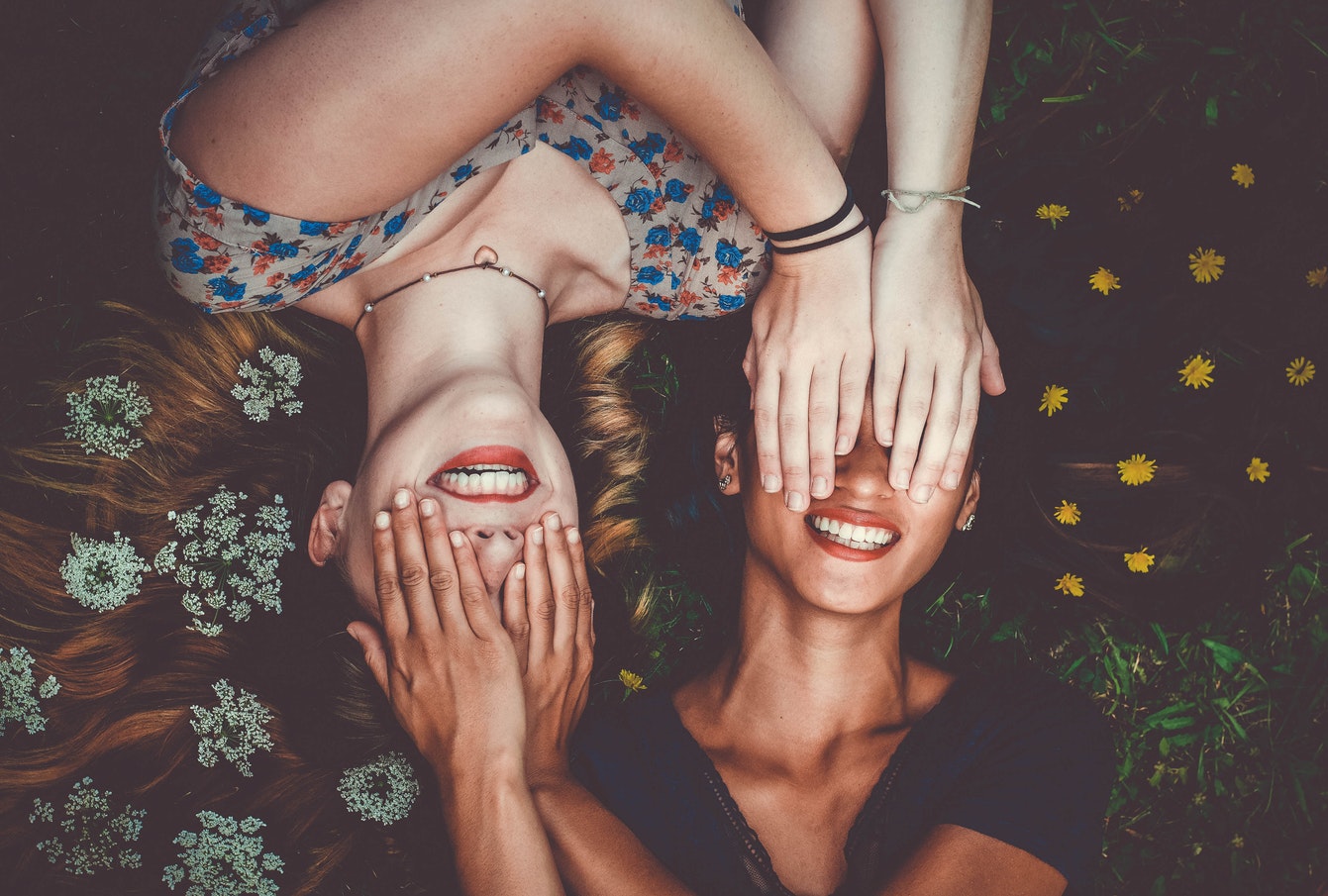
Body + Mind is reader-supported. We may earn an affiliate commission when you buy through some of the links on our site.
Maybe you’re petrified of heights, or perhaps the sight of a lowly spider sends you screaming into the next room. Whatever triggers your specific phobia, it isn’t as if you’re being a drama queen when you say, “Not just no, but heck no,” to hiking along a narrow mountain ledge or cuddling your unusual friends’ pet tarantula — you are terrified to the point forcing you to go on will lead to adverse physical effects. What is the science behind phobias, anyway?
Why do some people have no problem lovingly re-homing eight-legged freaks outdoors, while others all but catch the vapors at the sight of a daddy long-legs? And what can people do to overcome their phobias?
Depending upon the trigger, phobias can represent minor inconveniences, or they can cause significant problems in life. For example, I have a deep and abiding fear of crickets stemming from an incident at a sleep-out as a child — my 5-year-old self awoke in the middle of the night to a massive cricket sharing my pillow an inch from my wee nose. While I still panic to this day when I see Jiminy or his cousins, the fear doesn’t impact my daily life much.
However, a good friend of mine fears flying to the point she will not get on a plane. Her phobia impacts her life significantly because she is in middle management hoping to move up the corporate ladder — something unlikely to happen until she tackles her fear, as such a position would require regular travel. To her, her phobia is a severe disorder impacting her career trajectory.
According to MentalHealth.gov, phobias are anxiety disorders. Unlike generalized anxiety disorder, where sufferers feel edgy continually, those with phobias only react in the presence of the trigger inciting their fear. That isn’t to say such fear doesn’t reach extreme levels — it can lead to outright panic attacks — but removing the trigger resolves the problem.
People develop phobias for a variety of reasons. Sometimes, these reasons have a basis in a traumatic event — my cricket phobia, for instance. Other times, they may stem from learned trauma at the hands of a parental figure, or from chemical imbalances in the body that occurred at the same time as a triggering event, leading to future fear in similar circumstances.
Science tells us more women than men suffer from anxiety disorders, so it makes sense they predominate when it comes to having phobias, too. Men tend to develop phobias surrounding their career performance more often than women. For example, men typically suffer from imposter syndrome, a feeling they aren’t good enough to do the jobs assigned to them, although women struggle with this fear as well.
Women tend to develop phobias surrounding their physical appearance, such as fear of gaining weight. Some psychologists believe treating eating disorders like phobias can help patients recover more quickly. Women whose professions revolve around ideals of physical beauty, like dancers and models, are most susceptible.
Scientists believe genetic factors play a role in who develops phobias when others exposed to the same triggers do not. Researchers discovered if an immediate relative in your family suffers from a phobia, you are three times more likely to develop one yourself.
The list of phobias stretches nearly as long as the human imagination. No matter how complete a specific list may be, somewhere in the world, a yet-to-be-identified phobia is triggering somebody. Some phobias do happen more often than others, though, most likely due to societal influences. Here are a few of the most common phobias known.
Most people treat phobias through the same means they’d use to treat any anxiety disorder — they seek care from a qualified psychologist or therapist, or they take psychiatric medications. Some use a combination of talk therapy and prescriptions. Gradual exposure therapy is one other form of treatment.
Depending on the severity, many patients can manage their phobias safely without professional care. For example, although I live alone, I share my home with three kitties — and when it comes to natural insect control, they’re the champs. Even if crickets weren’t my nemesis, though, some therapists do recommend pets for people with various forms of anxiety disorders, including phobias.
Exposure therapy involves gradually becoming accustomed to the trigger object to the point where fear no longer manifests. Someone afraid of flying, like my friend, might start by looking at pictures of planes in flight, getting on a plane that is still grounded, then eventually taking off with the help of a therapist by their side.
Certain medications such as sedatives can help dull the panicky feelings when exposure to a trigger proves unavoidable. However, as many such drugs can cause addiction, it’s safest to use them in combination with talk therapy so they remain a temporary crutch, not become a permanent part of life.
The science behind phobias tells us these fears arise for various reasons. Regardless of the origin of the phobia, treatment can help. If your phobias have started to impact your quality of life, seek assistance from a qualified therapist to calm your mind.
Your email address will only be used to send you our newsletter, and at any time you may unsubscribe. For more information, see our Privacy Policy.